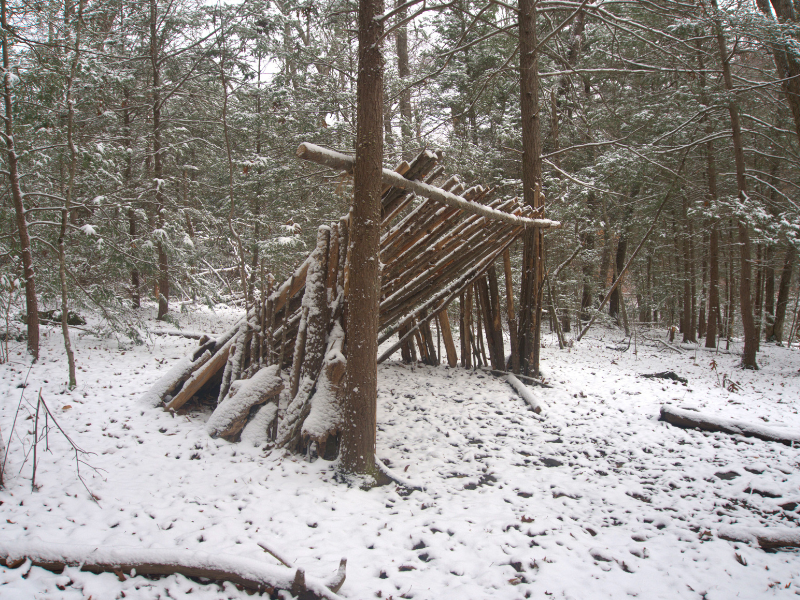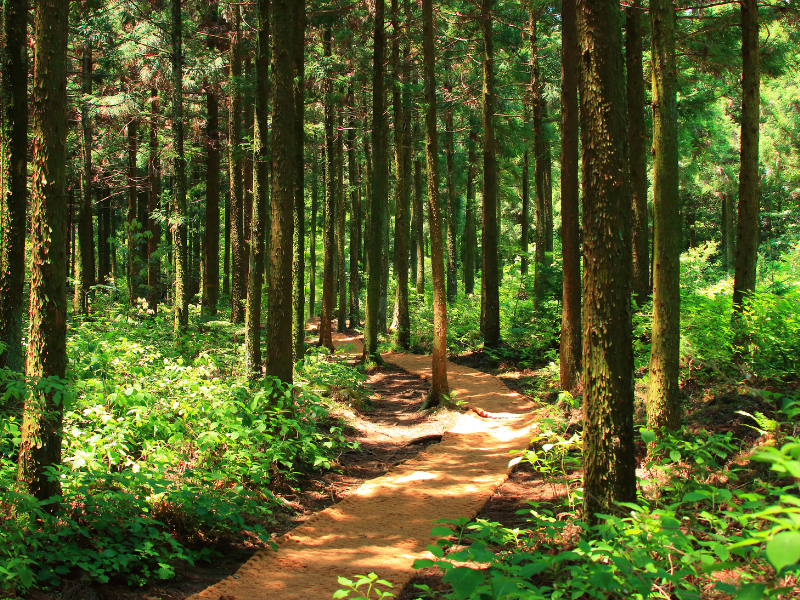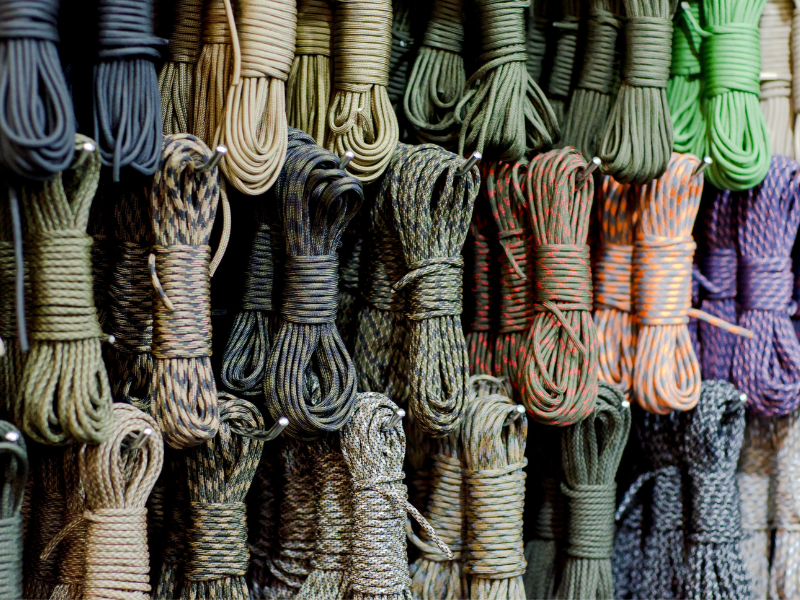In a survival situation, choosing the right location and materials for your shelter is crucial. When possible, use the natural terrain for shelter — look for hills to camp between or caves and overhangs to shield you from the elements.
Key Elements to Consider
Energy: Consider how much time and effort you can afford to spend building your shelter. Additionally, the shelter needs to provide protection from the weather—whether it’s rain, snow, or wind.
Tools: Do you have the necessary tools to construct your shelter, or can you improvise with what you have on hand?
Supplies: Assess whether you have the materials needed to build your shelter. Knowing how to make a few different types of shelters will help you adapt to your surroundings.

Types of Emergency Shelters
Lean-To
The lean-to is one of the simplest shelters to build. With a poncho, tarp, or scavenged materials, you can set up a basic structure. The key is to position it against the wind and secure it with rope, sticks, and debris. Use your materials effectively to provide insulation and protection from the elements.
Basic Tent
This shelter provides more coverage than a lean-to, protecting you on two sides. A basic tent can be constructed with a poncho or tarp, rope, and sharpened sticks. The compact structure also makes it less visible. For added insulation, pile leaves or brush at the base of the shelter.
Dugout Shelter
If you lack the tools or materials for the other shelters, a dugout shelter can be a simple yet effective option. By digging into the ground and covering it with branches, you can create a shelter that provides warmth and protection for a night or two. Choose a depression on higher ground to avoid water pooling, and add layers of brush for insulation.

What Other Emergency Shelters Do You Know?
Do you have a preferred type of emergency shelter? Share your experiences and tips with us in the comments below! We’d love to hear which shelters you think are easiest to build in a survival situation.















